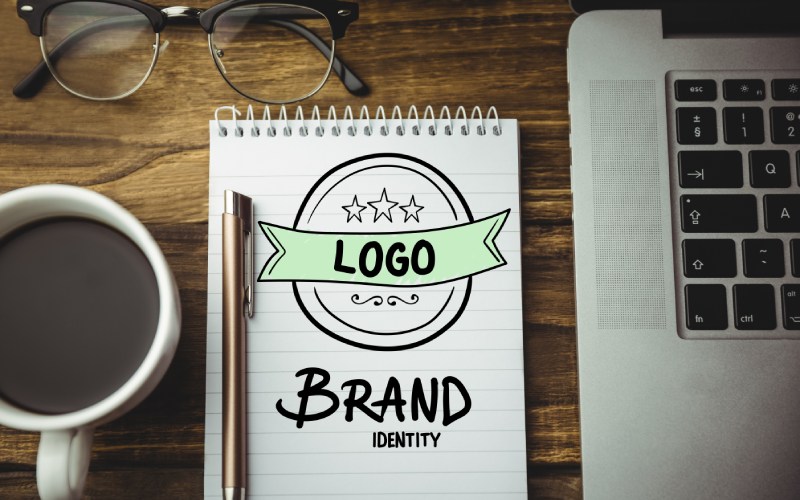Creating a brand identity is like giving a personality to a company or a product. It’s how people recognize and remember what you offer. One key part of building this identity is designing a logo, but it’s not just about a logo. It’s about how all the pieces of your brand fit together to tell a story. See what students from graphics design courses Chowringhee had to say about this.
What is Brand Identity?
Brand identity is how a company wants to be seen by customers. It includes everything from the logo and colors to the style of writing and the way products look. It’s about making a company stand out and be remembered.
The Role of a Logo
A logo is a small picture that represents a company. It’s often the first thing people notice about a brand. A good logo is simple, memorable, and reflects what the company stands for. For example, the apple with a bite out of it is instantly recognized as Apple Inc.’s logo.
Elements of Brand Identity
- Colors: Colors can evoke emotions and create a certain feeling about a brand. For example, red can show excitement or passion, while blue might suggest trust and reliability. Brands often use specific colors consistently to help people recognize them.
- Typography: Typography is the style of writing used in a brand’s logo and other materials. Different fonts can give off different vibes—some are modern, some are classic, and some are playful. Choosing the right font helps convey the brand’s personality.
- Visual Style: This includes everything from the shapes and patterns used in designs to the photography style. A brand might use clean lines and minimalist designs to show they are modern and efficient, or they might use vibrant colors and playful illustrations to show they are creative and fun. You can learn more in detail about this in graphic designing courses.
- Voice and Tone: This refers to the style of writing and the way a brand talks to its customers. Some brands are formal and serious, while others are friendly and casual. The voice and tone should match the brand’s personality and connect with its audience.
Steps to Designing a Brand Identity
- Research: Understand the company’s values, mission, and target audience. Look at competitors and see what makes them stand out.
- Create a Concept: Brainstorm ideas for the logo and overall brand identity. Think about how colors, typography, and visuals can work together to tell the brand’s story.
- Design the Logo: Start with sketches and then move to digital design. Keep it simple, memorable, and versatile so it looks good on different materials and sizes.
- Develop Other Elements: Once the logo is done, create guidelines for using colors, typography, and visuals consistently across all materials—from business cards to websites.
- Launch and Maintain: Introduce the new brand identity to the world through marketing and advertising. Regularly review and update the brand identity to keep it fresh and relevant.
Importance of Consistency
Consistency is key to building a strong brand identity. When everything—from the logo to the colors and the way a brand communicates—is consistent, it creates a strong and memorable impression. Customers know what to expect and feel confident in their choice.
Conclusion
Designing a brand identity is more than just creating a logo. It’s about telling a story that resonates with customers and makes a brand stand out. By carefully crafting elements like colors, typography, and visuals, a brand can create a unique personality that connects with its audience. Remember, a strong brand identity builds trust, recognition, and loyalty—essential ingredients for long-term success in the competitive world of business.

